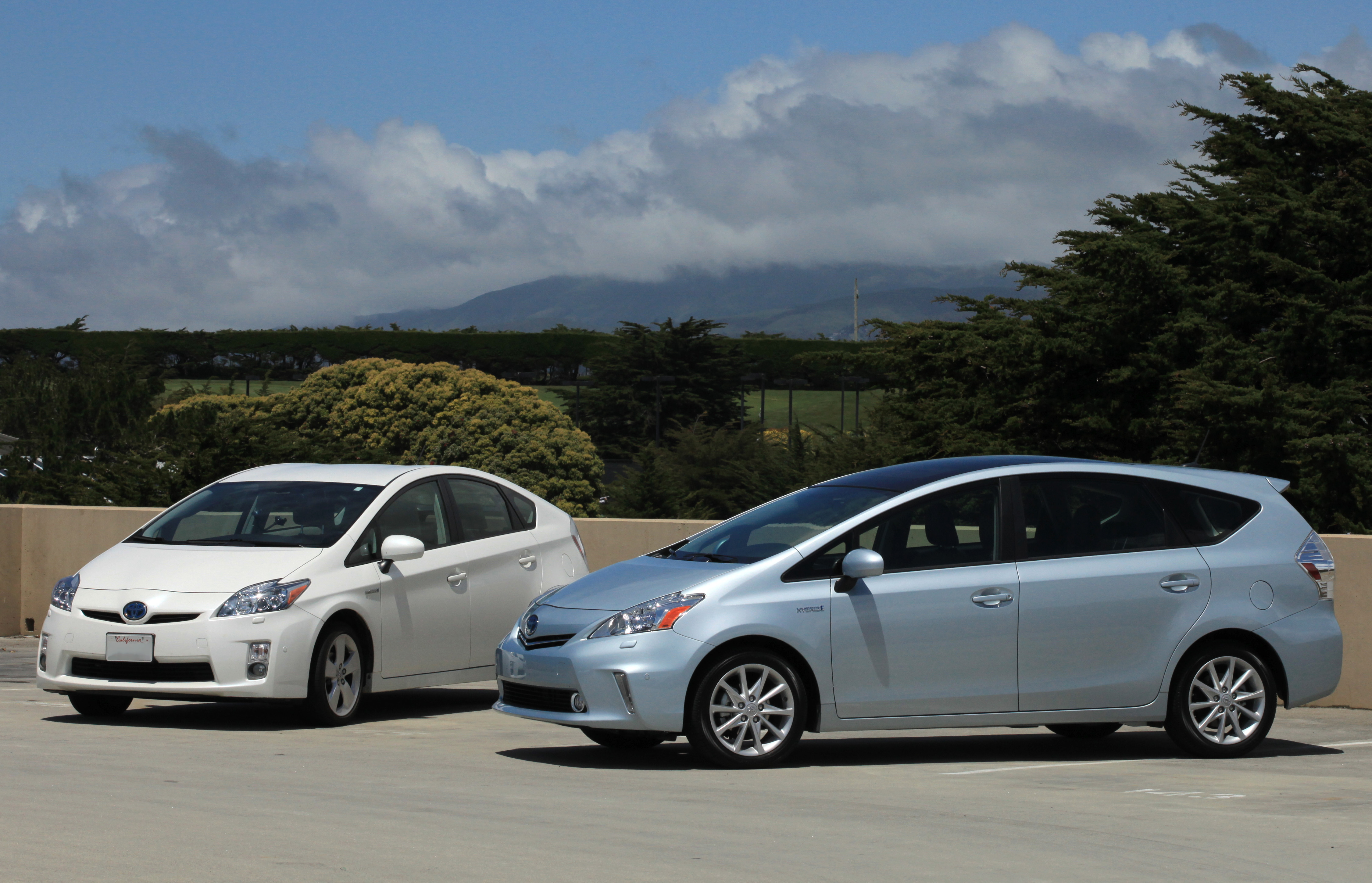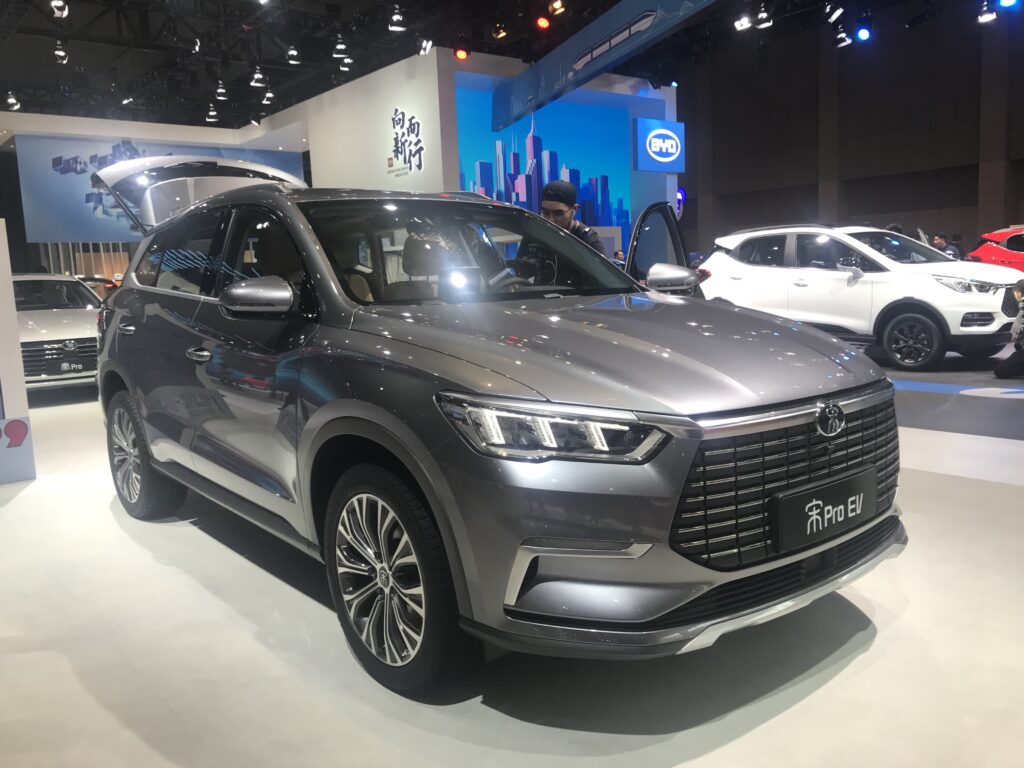
As we navigate through 2023, there’s a captivating story unfolding in the automotive market, particularly concerning the Chevrolet Corvette C8. This new iteration of America’s favorite sports car has generated immense buzz since its release, with its mid-engine design and striking aesthetics. However, recent trends indicate that the C8 Corvettes are depreciating faster than their predecessors, the C7s. As we unpack this phenomenon, it’s essential to analyze the market dynamics at play, revealing insights into why this shift is occurring.
The Hagerty Market Rating has provided eye-opening data, showing that it has dropped for 10 out of the past 12 months. Despite the continued auction records and premium prices for the latest supercars, certain segments, especially “instant” collector cars, are experiencing a slowdown. This trend is particularly evident in the case of the C8 Corvettes, which highlights how market conditions can dramatically impact the value of even the most desirable cars.
Robust demand over the last decade
Instant collector cars, such as the C7 Corvette ZR1 and the C8 Z06, have demonstrated a robust demand over the last decade. Automakers like Chevrolet and Ford have successfully cultivated enthusiasm for their halo cars, leading to widespread dealer markups and significant premiums on the secondary market. However, these rising tides are beginning to recede, impacting values and affecting how collectors perceive these vehicles.
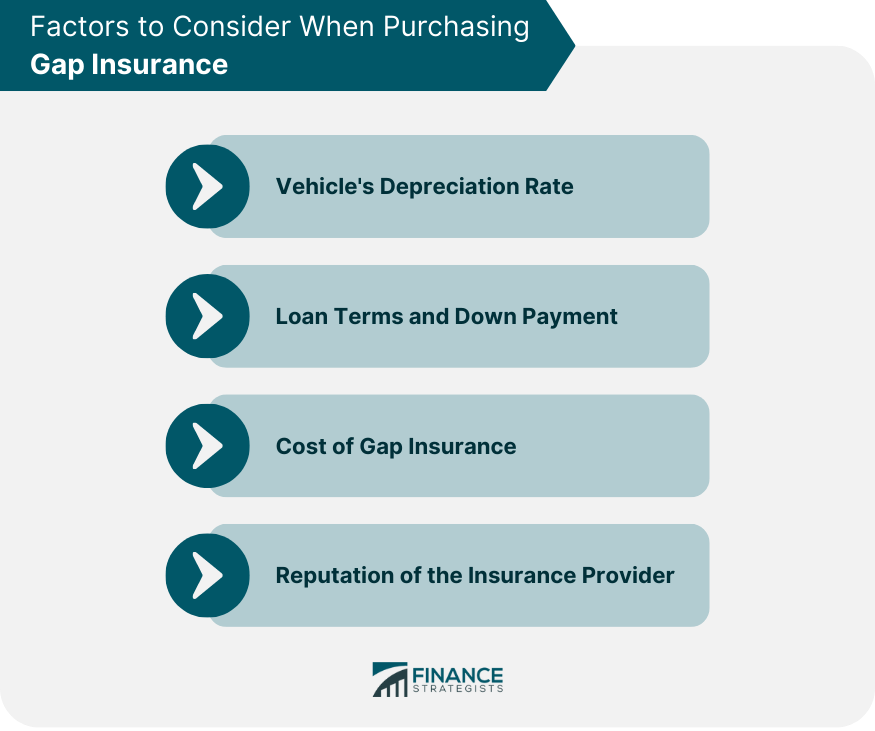
Hagerty’s data reflects these changes well as it tracks the value of vehicles over time. The guaranteed value policy offered by Hagerty allows owners to understand the market replacement value of their vehicles, providing a clear picture of appreciation or depreciation. A prime example is the 2019 Chevrolet Corvette ZR1, which saw an astonishing appreciation of nearly 70 percent for the coupe version in just 30 months, while the convertible appreciated by almost 60 percent.
Interestingly, the 2023 Z06 model hit the market at a premium, still trading above MSRP, yet the overall trend indicates a slowdown in value appreciation, reminiscent of what we’ve observed with the Porsche 911 GT-series. The allure of these performance vehicles seems to be waning, and as we delve deeper, we find that higher interest rates and tightening standards for auto loans play a significant role in this market shift.
A fascinating aspect of the C8 Corvettes is their appeal to a younger, wealthier demographic. Chevrolet managed to sell over 20,000 units of the mid-engined C8 in 2020, despite a volatile economy and production delays. This surge in sales, however, hasn’t translated into lasting value for the vehicles, as new models continue to emerge that might outshine their predecessors.

The reasons behind the depreciation
The reasons behind the depreciation of the C8 Corvettes compared to the C7s lie in the fundamental characteristics that define the Corvette experience. Many enthusiasts cherish the driving experience, which includes the thrill of a manual transmission—a feature that is notably absent in the C8. Although the C8 is a remarkable vehicle, with its performance capabilities and modern design, it faces stiff competition from not only previous Corvette generations but also from international competitors.
The C8 models are still relatively attainable given their performance; however, the core affordability of Corvettes makes it hard for older models to maintain their value. Why would someone pay a premium for a used C7 when they could have a new C8, often for only a slight increase in price? This dynamic puts immense pressure on the older generation models but also creates a complex situation for the C8
Another critical element in this depreciation narrative is the increasing presence of financing in the auto market. As interest rates rise, fewer potential buyers are willing or able to stretch their budgets to acquire these vehicles. As Hagerty notes, there are signs of a decreasing share of modern supercars being financed, which may ultimately influence market trends significantly.
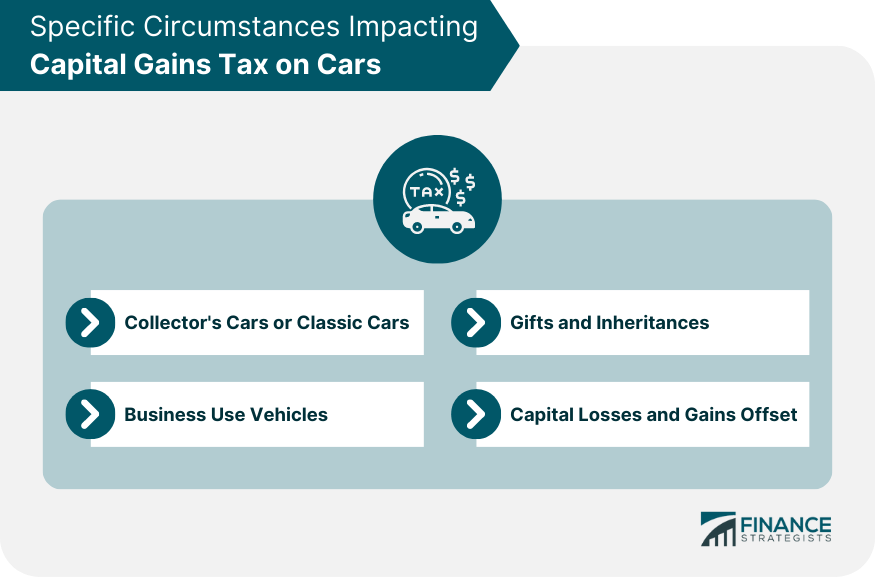
Additionally, the collector market is also showing signs of slowing down when it comes to flipping cars for profit. The average return on flips increased in 2021 and 2022, but those values have dipped in 2023, indicating a shift in the collector landscape. It is essential for buyers and collectors to stay informed about these trends, as they can provide insights into future investments in the automotive world.
The depreciation of C8 Corvettes compared to C7s is a case study in how market dynamics evolve over time. While the C8 ushered in a new era for the Corvette with its innovative design and performance, external factors such as economic constraints and shifts in consumer preferences have led to unexpected results in terms of value retention. As the automotive world continues to change, so too does the landscape for collectors and enthusiasts, reminding us that in the world of cars, nothing is ever static.
As we look to the future of the Corvette brand, it remains an exciting journey. From the allure of the new C8 to the classic charm of the C7 and earlier models, the Corvette continues to captivate generations of car lovers. The market may fluctuate, but the passion for these iconic vehicles endures, inviting enthusiasts to explore, invest, and appreciate the unique history that each generation brings. With this understanding, collectors can navigate the landscape, poised to make informed decisions about their automotive investments, ensuring that the legacy of the Corvette continues to thrive.
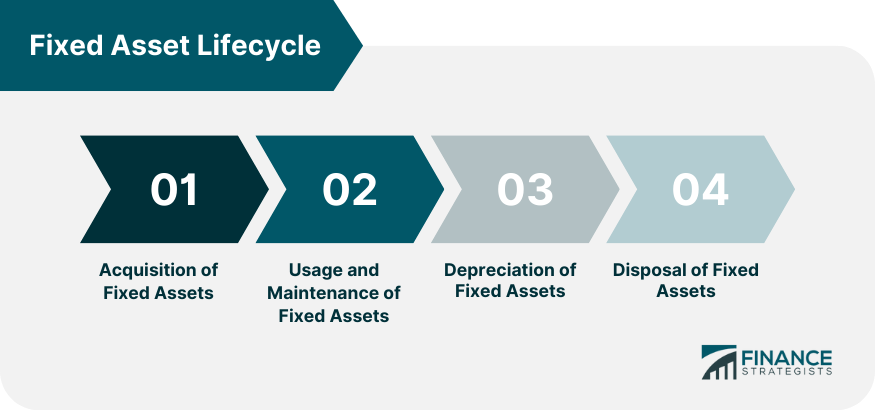
As we delve into the factors influencing the depreciation of C8 Corvettes in comparison to the C7 models, it’s important to consider both external economic pressures and internal brand dynamics. The automotive industry is undergoing a transformation influenced by technological advancements, fluctuating consumer preferences, and changing economic conditions. Each of these factors can play a pivotal role in the value retention and depreciation rates of vehicles, particularly a powerful symbol like the Corvette.
Most notably, the current economic landscape presents a challenge. The combination of increasing interest rates and tighter lending standards has made financing more difficult for potential buyers. As Hagerty notes, fewer buyers are willing or able to stretch their budgets, leading to a decline in demand for newer high-performance vehicles like the C8. When interest rates rise, monthly payments increase, which can drastically affect a buyer’s decision-making process. This dynamic is particularly critical in the world of collector cars, where financing often plays a significant role in purchases.
Moreover, the COVID-19 pandemic has altered buying behavior and disrupted the traditional dynamics of car ownership. As new cars become harder to find due to supply chain issues, many consumers have turned to the used car market. However, the allure of fresh models, such as the C8, can overshadow their predecessors like the C7. This shift in consumer focus towards the latest offerings dilutes the perceived value of used models, contributing to their depreciation.


Furthermore, the overall automotive market trends also play a significant role in shaping the depreciation narrative. The phenomenon of “instant collector cars,” which include models like the C7 ZR1 and C8 Z06, demonstrated a surge in interest and value appreciation over a short period. However, as the market for these instant collectibles stabilizes, it reveals a natural ebb and flow that can lead to decreased values, especially for those vehicles that are still in production. The fluctuating nature of collector car values can create unpredictability, further complicating the C8’s standing in the market.
Additionally, it’s worth considering the role of social media and online platforms in shaping consumer perceptions and market values. In today’s digital age, automotive enthusiasts are more connected than ever, sharing their experiences, insights, and preferences across platforms like Instagram and forums. This connectivity can influence collective sentiment regarding certain models, impacting perceived desirability and value retention. When a particular model faces criticism or loses favor among enthusiasts, its market value can suffer as a direct consequence.
Significance of the collector car community
As we analyze the depreciation factors, it’s essential to highlight the significance of the collector car community in influencing value. Enthusiasts and collectors are powerful voices in the automotive landscape, often driving demand and setting prices based on trends and personal preferences. Their insights into which models are perceived as future collectibles can impact the value retention of C8 Corvettes and their predecessors. The passion and loyalty inherent within the collector car community can ultimately dictate the direction of the market.

The depreciation of C8 Corvettes compared to the C7 models can be attributed to a combination of economic pressures, evolving consumer preferences, and the dynamic nature of the automotive market. While the C8 has introduced exciting innovations and features, it must contend with external and internal factors that shape its perception and market value. Understanding these complexities is crucial for enthusiasts, collectors, and potential buyers as they navigate the ever-changing landscape of automotive investments. The Corvette remains an iconic symbol of American motoring culture, and its evolution continues to inspire passion and debate among its dedicated following, ensuring that the legacy of this legendary brand endures, despite the ebb and flow of market values.
As we look ahead, the future of the Corvette brand remains bright. The ongoing innovations and the introduction of new models will continue to shape the narrative, with the promise of thrilling performance and design capturing the hearts of car enthusiasts for generations to come. Whether one prefers the modern capabilities of the C8 or the classic charm of its predecessors, the Corvette story is one of enduring appeal and relentless passion. In this vibrant automotive culture, the legacy of the Corvette, from the C7 to the C8 and beyond, will continue to fuel excitement and discussion, keeping the spirit of American performance alive for years to come.
Related posts:
Is depreciation back? Yes, suggest 911s and Corvettes
Is Corvette C8 buzz benefiting C7 and C6 values?


